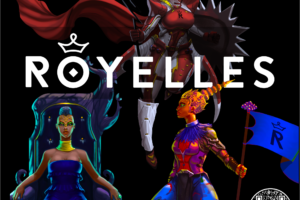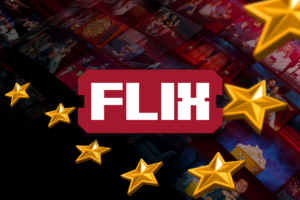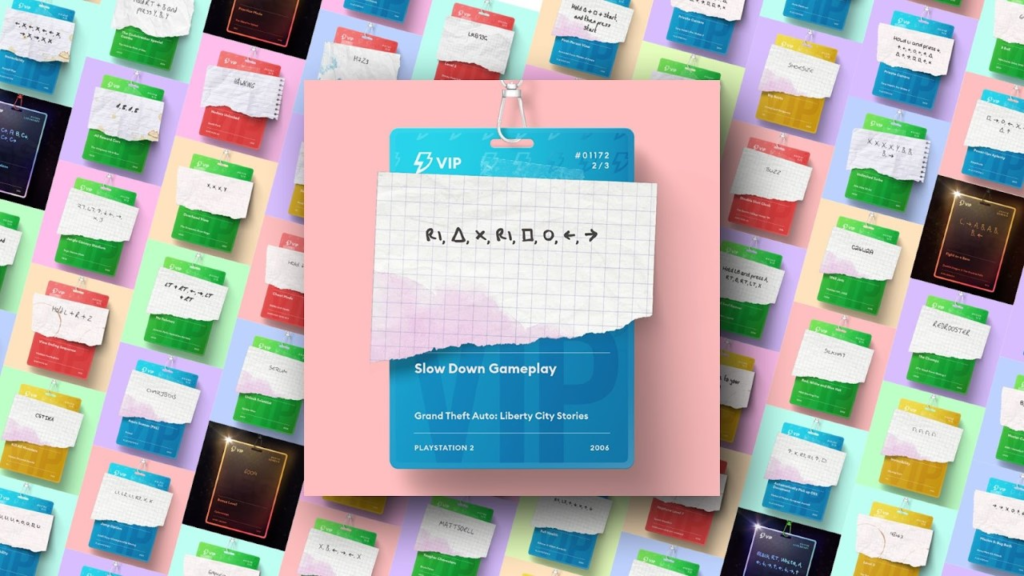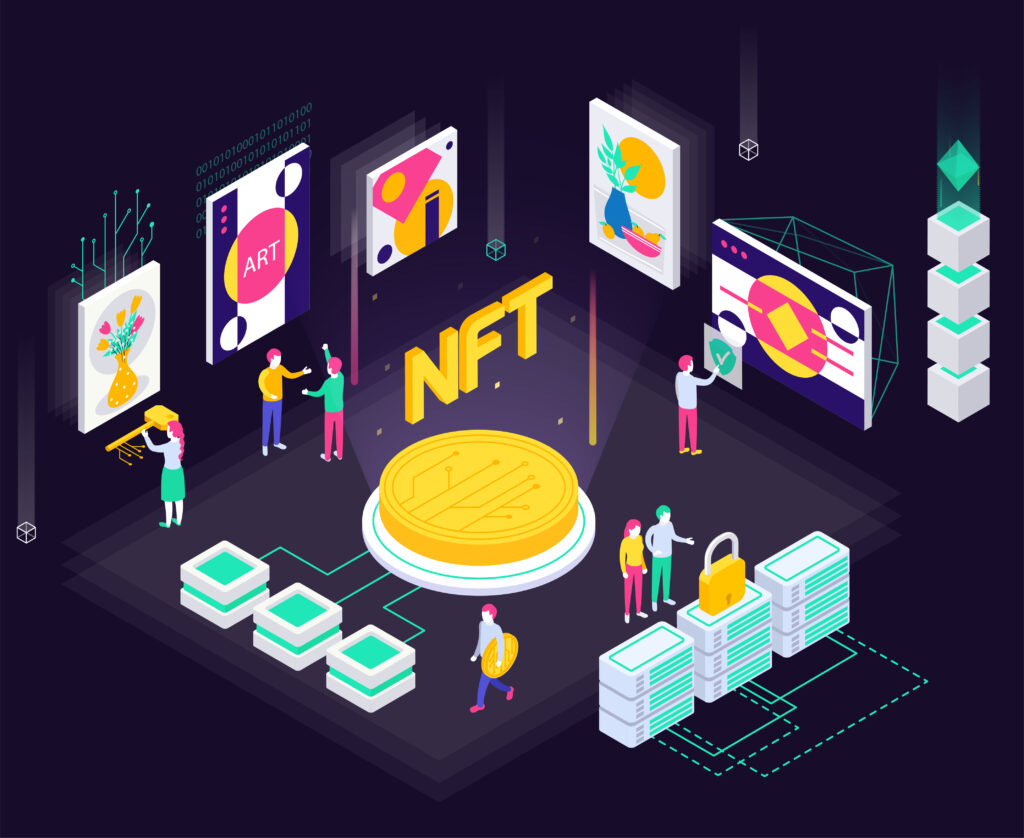
It may be in its infancy, but blockchain technology is already threatening to disrupt every industry there is. One area where its capabilities are being felt right now is the energy sector. Since the start of this year alone, ICOs have been springing up to tackle world problems almost daily. Moreover, over 200 business models have been identified that could benefit from blockchain technology in this segment.
With the sheer number of pressing issues that face our society today, in the form of climate change, water scarcity, crop failure, and world poverty; the blockchain can be put to some very good use indeed. Let’s take a look at how this technology is having an impact on the energy sector:
Peer to Peer Energy Trading
Many people are alarmed by the thought of climate change. But rising sea levels and poor air quality won’t necessarily motivate them into action. A far better incentive is by showing them the impact on their wallets. How do you get people to install solar panels on their roofs, for example? By paying them back in energy credits and cheaper electricity bills.
And now they have another incentive as well. They can be rewarded for the energy that they don’t consume by trading it directly with their peers on the blockchain. Energy generation is fast becoming decentralized, allowing small and individual producers with rooftop solar units to access the energy market and sell their surplus.
ICOs like Electron in the UK aim to capitalize on the opportunities that this decentralization brings, by allowing consumers to manage their own energy and cut out the middlemen. They can trade their energy credits on a secure and robust platform, when and how much they want to.
Carbon Credits
To tackle the climate crisis head on, many startups are using the blockchain as a fast, efficient, and transparent way for businesses to trade carbon credits. If the thought of saving the planet wasn’t reward enough, many ICOs provide added rewards programs for businesses and individuals who make conscious decisions to reduce their carbon footprints.
CarbonX is one such ICO that allows enterprise companies to easily provide their customers with the sustainable business practices they seek. Using the blockchain to recast carbon offsets, all transactions are transparent and immutable. This means that consumers can really see that when a company claims to be environmentally friendly, it is.
The CarbonX platform assesses the carbon impact of a company’s products and services and balances it with offsets. It then certifies carbon neutral products so that consumers can be confident in their sustainable purchasing choices.
Financing Renewable Energy
Like Kickstarter for renewable energy projects, many a blockchain startup is appearing on the scene allowing great ideas to get the funding they need to start. ASTRN Energy, for example, uses the blockchain to crowdfund and gives investors a stake in the future profits of the energy plant or program.
By enabling crowdfunding and co-investing in renewable energy projects, such as wind generators, solar farms, hydro-dams, and other types of clean energy sources, companies like ASTRN allow us to collaborate to work towards a cleaner, greener future.
With blockchain frequently labeled as the most disruptive tech in decades, perhaps this is the weapon we can finally use in the fight against climate change and finite energy sources. If blockchain can hold companies and suppliers accountable, incentivize individuals and enterprise alike to reduce their carbon footprints, and turn energy into a tradable commodity, perhaps there is hope for generations to come after all.
















This is actually useful, thanks.
Thanks, it is quite informative
Thanks for the great guide
Every weekend i used to pay a quick visit this web page, because i
want enjoyment, for the reason that this this website conations genuinely fastidious funny data
too.
Wow! At last I got a web site from where I be capable of truly get helpful information concerning my study and knowledge.
Very nice post. I just stumbled upon your weblog and wished to mention that I have really loved surfing around
your blog posts. In any case I will be subscribing for your feed and I hope you write once more soon!